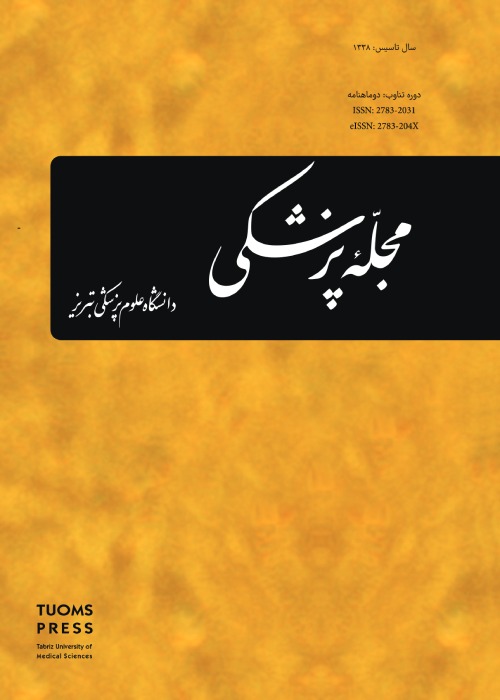Study of Culture and Antibiogram Results in Deep Neck Infections
Author(s):
Abstract:
Backgrounds and
Objectives
Neck deep infections are potentially threatening life conditions which can occur while using broad spectrum antibiotics. Early diagnostic and therapeutic interventions are essential in approaching these infections. As these infections are prevalent and there are difficulties in diagnosis and curing these infections and threatening morbidities they have, we decided to study the results of culture and anti-bio gram in these patients, for determination of these parameters, sensitivity, resistance of antibiotic used for these organisms and selection of appropriate antibiotic.Materials And Methods
In 100 patients admitted with a diagnosis of deep neck spaces infection between July 2008 and November 2012, pus was aspirated and sent to microbiology lab for gram staining, culture and anti-bio gram. Types of isolated bacteria and the sensitivity and resistance rate were defined.Results
In our study 100 patients with a diagnosis of deep neck spaces infection were studied. Average age was 33.8 ± 13.43 years old. 65% were male, 4% had diabetes, 3% had the history of abscess/cellulitis, 3% had liver disease, 2% had the history of opiate addiction and 6% had the history of alcohol consumption. In 71% culture was negative and in 29% it was positive. 68.9% were gram positive cocci and 31.1% were gram negative bacilli. From 29 positive cultures, 13(44.8%) were Streptococcus Viridans, 5(17.2%) were Staphylococcus, 5(17.2%) were Klebsiella Pneumoniae, 2(6.9%) were beta hemolytic Streptococcus, 2 (6.9%) were Haemophilus Influenzae and 2(6.9%) were Entrobacter. Final diagnosis was peritonsillar abscess and cellulitis. In 22% the etiology was pharyngitis, in 18% was Odontogenic, in 5% were upper respiratory tract infections, in 2% was dermatologic infection and in 1% was foreign body. Etiology was unknown in 51% of the patients. The most sensitivity was to Vancomycin (100%), Imipenem (100%), Erythromycin (80%) and Levofloxacin (80%). The less sensitivity was to Gentamycin (50%) and Penicillin G (28.6%). There was no statistically significant relation between the culture results and demographic variants or patients medical history.Conclusion
Deep neck infection is a life threatening disease. Antibiotics should be started after blood sampling for culture and antibiogram and continued according to antibiogram results. Beginning antibiotics before blood sampling will result in wrong findings in culture and antibiogram.Keywords:
Language:
Persian
Published:
Medical Journal of Tabriz University of Medical Science, Volume:38 Issue: 3, 2016
Pages:
92 to 98
magiran.com/p1566250
دانلود و مطالعه متن این مقاله با یکی از روشهای زیر امکان پذیر است:
اشتراک شخصی
با عضویت و پرداخت آنلاین حق اشتراک یکساله به مبلغ 1,390,000ريال میتوانید 70 عنوان مطلب دانلود کنید!
اشتراک سازمانی
به کتابخانه دانشگاه یا محل کار خود پیشنهاد کنید تا اشتراک سازمانی این پایگاه را برای دسترسی نامحدود همه کاربران به متن مطالب تهیه نمایند!
توجه!
- حق عضویت دریافتی صرف حمایت از نشریات عضو و نگهداری، تکمیل و توسعه مگیران میشود.
- پرداخت حق اشتراک و دانلود مقالات اجازه بازنشر آن در سایر رسانههای چاپی و دیجیتال را به کاربر نمیدهد.
دسترسی سراسری کاربران دانشگاه پیام نور!
اعضای هیئت علمی و دانشجویان دانشگاه پیام نور در سراسر کشور، در صورت ثبت نام با ایمیل دانشگاهی، تا پایان فروردین ماه 1403 به مقالات سایت دسترسی خواهند داشت!
In order to view content subscription is required
Personal subscription
Subscribe magiran.com for 70 € euros via PayPal and download 70 articles during a year.
Organization subscription
Please contact us to subscribe your university or library for unlimited access!


